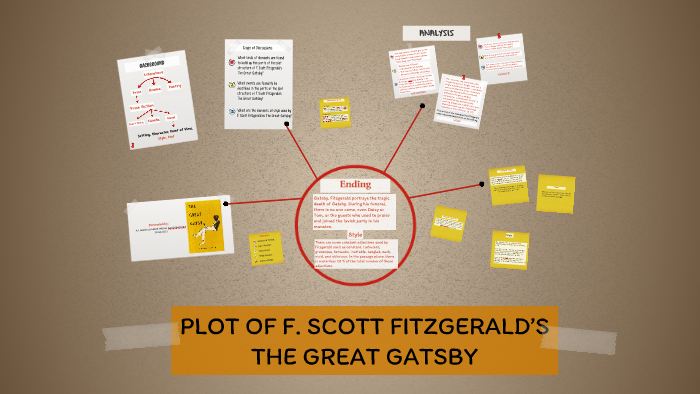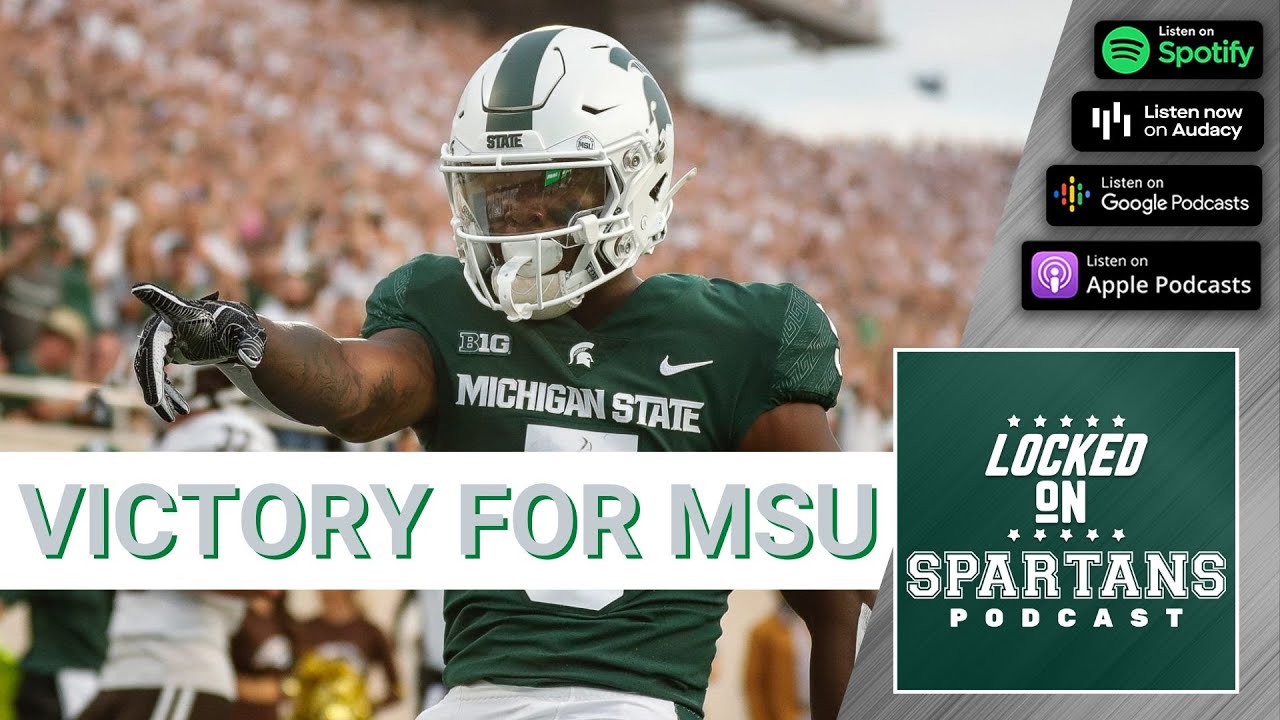The Real-Life Men Behind F. Scott Fitzgerald's The Great Gatsby

Table of Contents
Jay Gatsby: The Many Faces of the Mysterious Millionaire
Jay Gatsby, the enigmatic millionaire with a tragic past and a relentless pursuit of the American Dream, is arguably the most captivating character in The Great Gatsby. But how much of Gatsby is pure fiction, and how much is drawn from Fitzgerald's own life and the people he knew?
The Prototype: Exploring the Influence of Fitzgerald's Own Life and Relationships
- Fitzgerald's own ambition: Gatsby's relentless drive to achieve wealth and social status mirrors Fitzgerald's own ambitious nature and his desire to win the heart of Zelda Sayre, a socialite from a wealthy family.
- Wealthy patrons: Fitzgerald's interactions with wealthy patrons, who provided him with financial support and access to high society, likely influenced Gatsby's lavish lifestyle and connections.
- His relationship with Zelda: The complex and ultimately tragic relationship between Fitzgerald and Zelda, marked by periods of intense passion and heartbreaking separation, undoubtedly informed Gatsby's obsessive love for Daisy Buchanan.
The character of Gatsby is a complex blend of several real-life figures and imagined characteristics. He embodies the allure and the tragedy of the self-made man, a figure both admired and pitied within the context of the Roaring Twenties.
Gatsby's Extravagant Lifestyle: Real-Life Parallels in the Roaring Twenties
- Real-life socialites: Gatsby's extravagant parties, filled with boisterous revelry and careless abandon, echo the lavish social gatherings hosted by real-life socialites of the Jazz Age.
- Bootleggers and the culture of excess: The era’s widespread bootlegging and the resulting culture of excess and wealth fueled by illegal activities undoubtedly influenced Gatsby’s wealth and the atmosphere surrounding his parties.
- Historical figures: While no single individual perfectly mirrors Gatsby, aspects of his personality and lifestyle can be seen in various figures from the era, hinting at the composite nature of the character.
The historical context of the Roaring Twenties, with its exuberance and underlying moral ambiguities, provides the perfect backdrop for Gatsby's extravagant lifestyle and the social commentary embedded within his story.
Tom Buchanan: The Archetypal Brute – Inspired by Real-Life Figures
Tom Buchanan, the brutish and powerful antagonist of the novel, embodies the arrogance and entitlement of the wealthy elite. His character, too, is rooted in real-life inspirations.
The Bully: Exploring the Characteristics of Real-Life Men who Might Have Influenced Tom's Personality
- Arrogant socialites: Fitzgerald likely drew inspiration from various men he encountered within the circles of the wealthy and powerful, capturing their arrogance, ruthlessness, and a sense of invincibility.
- Men of privilege: Tom's sense of entitlement and lack of empathy stem from his position within a system of inherited wealth and power. This reflects the realities of social hierarchy during that time.
Fitzgerald masterfully translates these real-life observations into a fictional character that remains powerfully relevant today, highlighting the dangers of unchecked power and privilege.
The Power of Old Money: Reflecting the Realities of the American Social Hierarchy
- Inherited wealth: Tom’s wealth isn't earned; it's inherited, reinforcing the existing social structures and highlighting the privileges afforded to those born into wealth.
- Social stratification: Tom's character reflects the rigid social stratification of the time, where old money held significant sway over social standing and opportunity.
Tom Buchanan's portrayal serves as a sharp social commentary on the inherent inequalities of the American Dream, illustrating how inherited wealth could both enable and corrupt.
Nick Carraway: The Relatable Narrator – A Reflection of Fitzgerald Himself?
Nick Carraway, the novel's narrator, occupies a unique position. While participating in the events, he also acts as an observer, providing a lens through which the reader experiences the story.
The Observer: How Nick's Character Reflects Elements of Fitzgerald's Own Personality
- Fitzgerald's perspective: Nick's observations and attitudes towards the Jazz Age and its social dynamics often mirror Fitzgerald's own views, reflecting a blend of fascination and disillusionment.
- Semi-autobiographical elements: Many scholars believe Nick Carraway is a semi-autobiographical character, allowing Fitzgerald to express his own experiences and perspectives.
Nick's role allows for a nuanced perspective on the story’s events and characters, enabling a more critical examination of the themes explored in the novel.
The Moral Compass: Nick's Role as a Narrator and His Judgments of the Characters
- Shaping reader understanding: Fitzgerald utilizes Nick's perspective to shape the reader's perception of the events and characters, influencing their interpretation of the story's moral complexities.
- Observer and participant: Nick's position as both observer and participant enables a more profound understanding of the characters' motivations and the intricacies of the social world he inhabits.
Nick’s role isn't merely passive observation. His moral compass, though not always unwavering, subtly guides the reader through the moral landscape of the story.
The Enduring Legacy of the Real Men Behind The Great Gatsby
In conclusion, understanding the real-life influences behind the male characters in The Great Gatsby significantly enriches the reading experience. The echoes of Fitzgerald's own life, his observations of society, and the individuals he knew resonate throughout the novel. By recognizing these connections, we gain a deeper appreciation for the novel's enduring power and its timeless exploration of wealth, ambition, love, and loss. Delve deeper into the world of F. Scott Fitzgerald's The Great Gatsby and uncover the fascinating real-life men who shaped its iconic characters. Further research into the historical context of the Roaring Twenties and Fitzgerald’s biography will undoubtedly illuminate these connections even further.

Featured Posts
-
 Impact Of Potential Tariffs Trumps Aircraft And Engine Policy
May 11, 2025
Impact Of Potential Tariffs Trumps Aircraft And Engine Policy
May 11, 2025 -
 Henry Golding Provides Update On Crazy Rich Asians Tv Series And Cast Get Togethers
May 11, 2025
Henry Golding Provides Update On Crazy Rich Asians Tv Series And Cast Get Togethers
May 11, 2025 -
 Jessica Simpsons Controversial Snake Sperm Remarks Fact Or Fiction
May 11, 2025
Jessica Simpsons Controversial Snake Sperm Remarks Fact Or Fiction
May 11, 2025 -
 Yankees Brewers Series Tracking Key Injuries March 27 30
May 11, 2025
Yankees Brewers Series Tracking Key Injuries March 27 30
May 11, 2025 -
 Adam Sandlers Hidden Easter Egg A Movie Easter Egg Hunt
May 11, 2025
Adam Sandlers Hidden Easter Egg A Movie Easter Egg Hunt
May 11, 2025
